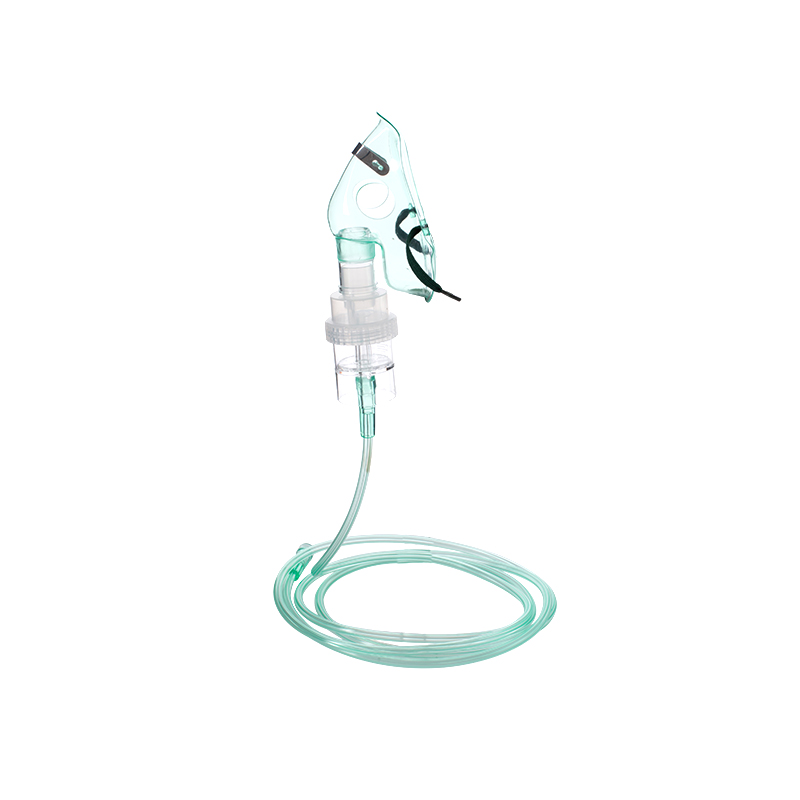s are essential medical devices that provide supplemental oxygen to individuals who have difficulty breathing or require increased oxygen levels. They play a critical role in delivering oxygen effectively and efficiently. Here's a closer look at the science behind oxygen masks, their function, and benefits:
Function of Oxygen Masks:
Oxygen masks deliver oxygen from a supplemental oxygen source, such as an oxygen cylinder or concentrator, to the user's respiratory system. The mask covers the nose and mouth, creating a sealed environment for oxygen delivery. The oxygen flow rate is adjusted based on the individual's needs and prescribed oxygen levels.
Oxygen Delivery:
Oxygen masks are designed to deliver a higher concentration of oxygen compared to the ambient air. The mask contains an oxygen reservoir bag or a venturi system that helps regulate the oxygen concentration. The oxygen flows into the mask and is inhaled by the user, ensuring that an adequate amount of oxygen reaches their lungs.
Benefits of Oxygen Masks:
Increased Oxygen Levels: Oxygen masks provide a higher concentration of oxygen to individuals who may have low blood oxygen levels due to respiratory conditions, such as asthma, chronic obstructive pulmonary disease (COPD), pneumonia, or acute respiratory distress syndrome (ARDS). The increased oxygen levels help improve oxygenation and alleviate breathing difficulties.
Improved Tissue Oxygenation: Supplemental oxygen delivered through masks enhances the oxygenation of body tissues. This is particularly beneficial in situations where there is insufficient oxygen uptake by the lungs, such as in cases of respiratory failure or low blood oxygen saturation levels.
Reduced Work of Breathing: Oxygen masks can reduce the work of breathing for individuals with respiratory conditions. By providing a higher concentration of oxygen, the respiratory muscles can work more efficiently, reducing the strain on the lungs and improving overall respiratory function.
Enhanced Exercise Capacity: Oxygen masks can improve exercise tolerance and capacity in individuals with respiratory limitations. By increasing the oxygen supply during physical activity, the masks help prevent oxygen depletion and reduce exercise-induced shortness of breath.
Facilitated Healing and Recovery: Oxygen masks are commonly used post-surgery or in critical care settings to support healing and recovery. The increased oxygen levels aid in tissue repair, wound healing, and the body's overall physiological functions.
Emergency Support: Oxygen masks are crucial in emergency situations, such as during cardiopulmonary resuscitation (CPR) or when providing immediate respiratory support in cases of respiratory distress or hypoxia. They enable the quick delivery of oxygen to individuals who require immediate assistance.


Understanding the function and benefits of oxygen masks is essential for healthcare professionals, patients, and caregivers. It is important to follow prescribed guidelines for oxygen flow rates, mask fitting, and maintenance to ensure safe and effective use. Proper usage of oxygen masks can significantly improve oxygenation, alleviate respiratory distress, and promote better overall health and well-being for individuals in need of supplemental oxygen.

 英语
英语 中文简体
中文简体